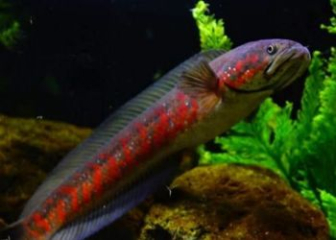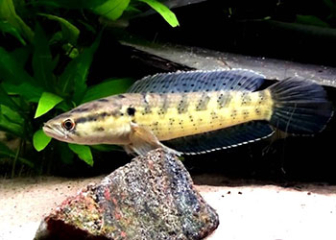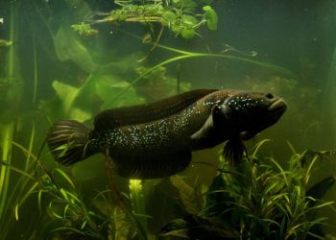Channa pardalis, a snakehead endemic to India, is a medium-sized, brightly colored fish with many spots on its body, calm but aggressive and territorial.
Channa pardalis , a snakehead fish endemic to Northeastern India, has an extremely impressive and eye-catching appearance with colorful spots on its body that look like leopard skin. Although this fish is quite rare in the aquarium market, it is sought after and collected by many hobbyists because of its special appearance and wild, strong temperament.
In today's article, let's learn more about the origin, habits and secrets to help Channa pardalis snakehead fish have the most beautiful and brilliant colors!
Information about snakehead fish Channa pardalis :
| Scientific name |
Channa pardalis Britz, 2017 |
| Surname |
Channidae - Snakehead fish |
| Year description |
2017 |
| Descriptor |
Dr. Ralf Britz |
| Source |
India |
| Size |
15 - 25 cm |
Origin of snakehead fish Channa pardalis
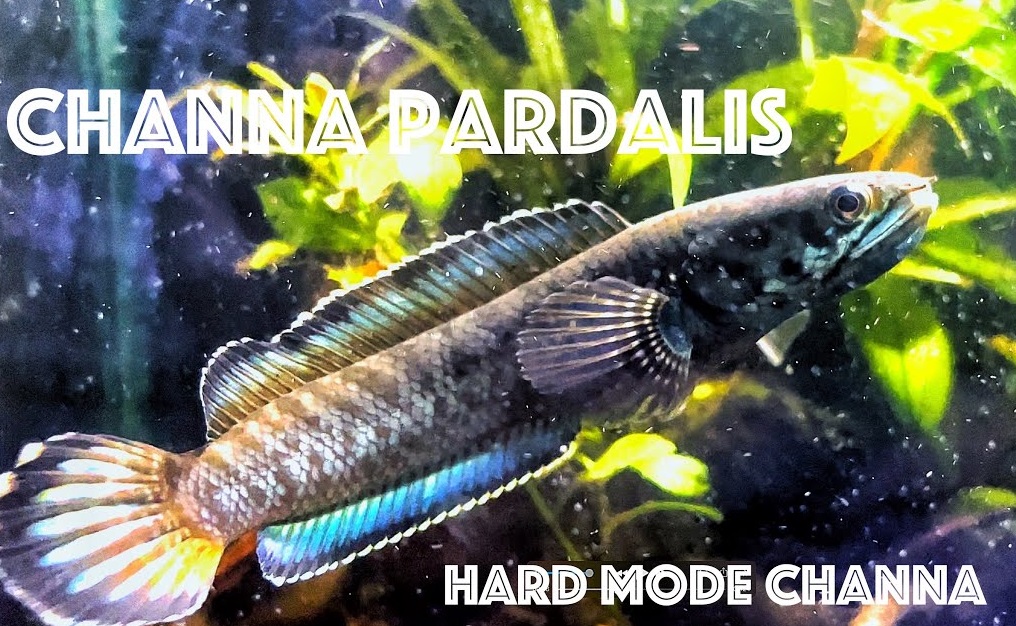
Channa pardalis, a rare and difficult to farm snakehead fish.
Snakehead fish Channa pardalis is a fish species endemic to the North East region of India and is not found in any other country. It is mainly distributed in the following areas:
- Assam State
- Arunachal Pradesh State
- The upper source of the Brahmaputra
- Singapore River
In nature, this fish prefers to live in streams, rivers, swamps and humid rainforests, tropical monsoon climate, lots of rain, not too cold winter, hot and humid summer, where there is occipital flow, muddy bottom, lots of rotten leaves, tree roots, water rich in tannin (low pH, light brown or yellow color), low light.
The name "pardalis" is Latin for "leopard", referring to the fish's spotted appearance.
Nowadays, although not as popular as the little emperor snakehead fish or rainbow snakehead fish, they are still hunted and collected because of their beautiful appearance and wild origin.
Appearance of snakehead fish Channa pardalis
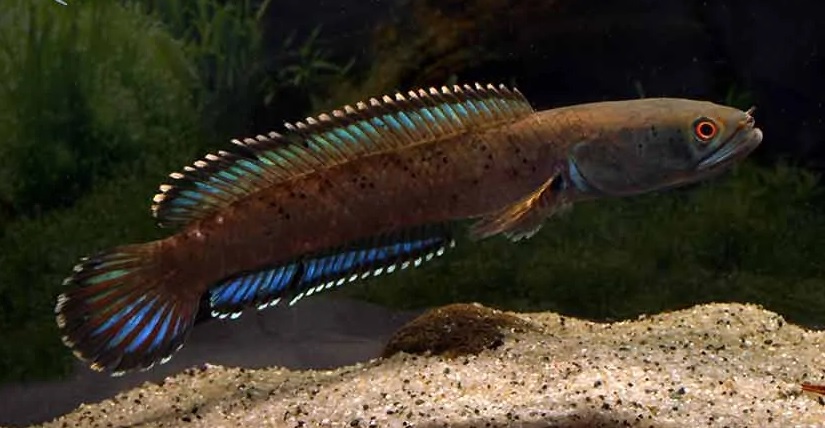
Impressive appearance of a Channa pardalis fish.
Below is a detailed description of the appearance of Channa pardalis to help you distinguish them from other snakehead fish in the wild. Let's find out now.
- Size : About 15 - 25 cm in adult fish
- Body : Elongated, flattened on both sides, similar to the general shape of other predatory snakehead fish.
- Head : Slightly flatter, wider, and rounder than other snakehead fish in the family.
- Mouth : Wide, protruding lower jaw, sharp and numerous teeth.
- Eyes : Large, round, good vision in low light conditions
- Color : The fish's body has a gray-brown to olive-brown background, depending on the living environment. The fish's belly is gray-white or light yellow, with few patterns.
- Pattern : All over the body are round black or dark gray spots, unevenly distributed from head to body, looking like leopard skin.
- Dorsal fin : Long, quite low, extending from the gill cover to the caudal peduncle
- Anal fin : Parallel to dorsal fin
- Pelvic fins : Thin, with characteristic white squirrels
- Caudal fin : Slightly rounded. Has faint spotted pattern, dark edge.
Snakehead fish Channa pardalis
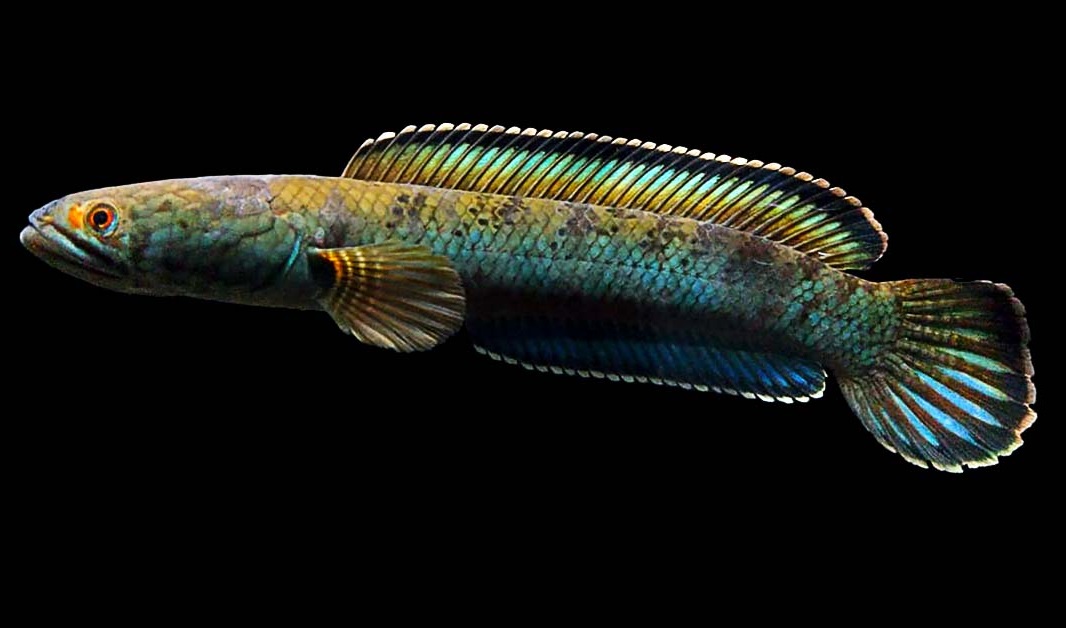
Channa pardali is very aggressive and highly territorial.
Let's learn in detail about the habits and behavior of Channa pardalis to see if they are any more special than other snakehead fish living in the same black water environment!
Cautious
Not as aggressive as many other snakehead fish, Channa pardalis has an extremely cautious, wary and even a bit shy temperament, which is clearly shown in bright environments or when there are many people.
Strong territoriality
Although calm, Channa pardalis are very territorial, especially when they are adults, they are quite sensitive and stressed if there are other fish in their territory. They are even ready to attack other fish that dare to invade their territory, especially when kept together in small tanks, without much shelter.
Night activities
Channa pardalis are mainly active at night or when the light is low, this is the time when they go out to hunt. During the day, when the light is strong, they often find quiet, dimly lit places such as caves, driftwood or aquatic bushes to rest and feel safe.
Flexible breathing
Channa pardalis has an accessory respiratory organ called a labyrinth organ that allows them to breathe oxygen directly from the air, helping them survive well in oxygen-deficient environments, and can even survive outside of water for a short time if the environment is humid enough.
Difficult to breed in captivity
Currently, there is not much information about Channa pardalis reproduction in aquariums, but in the natural environment, they also reproduce like many other snakehead fish species, specifically as follows:
- The male fish will create a bubble nest of air bubbles or moss, the female fish will lay eggs in the nest.
- The male fish acts as a fanner, guards the nest until the eggs hatch, and continues to protect them for a short time.
Flexible movement
Unlike its calm appearance, Channa pardalis fish move extremely quickly and flexibly, especially when hunting or feeling threatened, they will swim very quickly to attack prey or find a way to escape.
Tips for raising snakehead fish Channa pardalis to have beautiful colors
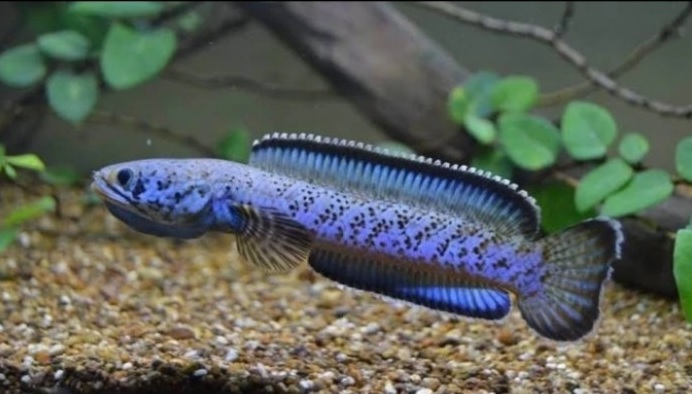
Channa pardalis snakehead fish has beautiful color.
To get the most beautiful color of Channa pardalis fish, with the most prominent metallic copper and leopard pattern, you need to provide an ideal living environment, a reasonable diet, optimal lighting and reduce stress. Let's refer to the tips shared below.
Provides a dark, natural environment
A decisive factor in helping fish to have the best color is that you need to provide a dark enough environment, with many factors similar to the natural living conditions of Channa pardalis, specifically as follows:
Light :
- Use warm yellow lights, or indirect light with moderate intensity.
- Lights on 4 - 6 hours per day.
- Plant many floating aquatic plants such as duckweed and water fern to block the light and create a shade effect.
Driftwood decoration - leaves - dark background :
- Decorate the tank with lots of driftwood, black rocks, dry Indian almond leaves, black sand or small dark colored pebbles.
- Use slightly yellow water from rotten leaves to help reduce stress and darken the fish's color.
- Dark tank to highlight fish colors.
Size:
- Minimum 90 x 45 x 45 cm for 1 fish, about 150 - 180 liters
- Optimum from 1m2 or more to help fish swim comfortably.
Filtration and heating system :
- Use an overflow filter or a strong canister filter to avoid creating a strong water current.
- Use biological filter materials
- Choose a heater with adjustable temperature control to maintain a steady temperature.
Premium Nutrition
An important key to helping fish "shine" in the tank is that you need to provide Channa pardalis with a high-quality diet, suitable for the following types:
- Live or frozen shrimp, helps increase pigmentation
- Small bait fish
- Bloodworms, earthworms, superworms.
- Astaxanthin-rich pellets help stabilize fish color.
Do not feed fish the following foods:
- Beef heart, organs, red meat to limit obesity and bloating
- Foods with artificial colors are harmful to fish health.
Limit stress to fish
Stress in fish also affects their "bright" color, so you need to minimize stress in fish. To do this, you need to pay attention to the following:
- Keep living conditions stable, do not change water suddenly, only change 20 - 30% of water per week.
- Do not disturb the layout in the tank because the fish are used to the environment.
- Avoid poking or knocking on the glass to scare the fish.
- Should only be kept singly or in pairs to limit competition for territory.
Time and patience
The process of Channa pardalis fish changing color is not a matter of one or two days, it takes a long time, so you need to be patient.
- From 5 - 6 months old and up, if the breeding conditions are suitable, the fish will begin to show clear color.
- Each individual will have a different color, so not all fish are equally bright.
Common diseases in Channa pardalis fish and how to treat them
Below are some common diseases in Channa pardalis fish and detailed treatments. Please read on to learn how to handle them promptly if your fish have health problems.
| Disease name |
Reason |
Token |
Treatment |
| Skin fungus, fins |
Dirty, polluted water
Fish are stressed
Fish cross-contamination from bait fish
|
Fish have white mold on their body
Or rub yourself against rocks and driftwood to make your body comfortable.
lethargic fish
|
Isolate sick fish
maintain stable water quality
Add coarse salt at a rate of 2 g/liter
Use fish fungus medicine
|
| Fish infected with parasites |
Infected bait fish
Unstable water quality
|
Fish are lethargic and inactive.
Fish have parasites on skin, fins, and plates
|
Bathe fish with concentrated salt water at a ratio of 5 g/liter.
Use of drugs to treat parasites in fish
|
| Fish with ulcers and rotten fins |
Polluted water
Fish bite each other
|
Fish with ulcers
Dorsal fin, ventral fin, caudal fin worn, gradually decayed
Fish swim jerkily
|
Isolate sick fish
Use Erythromycin at the recommended dose.
Change water, clean tank
|
Principles of optimal disease prevention:
- Add dried Indian almond leaves to the aquarium for natural antibacterial properties
- Add probiotics to the tank to help stabilize the microorganisms.
- Feed fish with fresh garlic and vitamin C to increase resistance.
- Quarantine new fish for at least 2 weeks before releasing them into the tank.
- Prepare basic medicines such as Melafix to treat fungus and antiseptics, Metronidazole to treat intestinal parasites, Erythromycin to treat bacterial infections, etc.
Channa pardalis snakehead fish price
Channa pardalis is an endemic fish species and has a limited supply, so it is not popular in Vietnam at the moment, so we do not have exact information about the price of this snakehead fish. If you are really interested in this fish, you can contact reputable aquarium stores or aquarium groups on Facebook to get a more specific price.
Thus, through the above article, snakehead.info has shared with you detailed information about the snakehead fish Channa pardalis , this is indeed a species of ornamental snakehead fish with an eye-catching, unique appearance, bringing many interesting feelings to the breeder because of its wild and strong nature. Although it is not popular in Vietnam at present, it is hoped that in the future this beautiful ornamental snakehead fish will be widely reproduced in our country to serve the aquatic needs of our brothers.
Let's explore more useful knowledge about ornamental snakehead fish species as well as successful fish farming techniques shared in our Blog section!




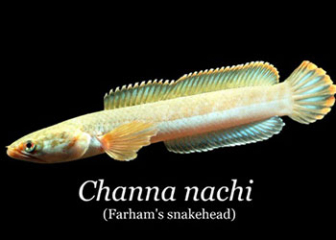
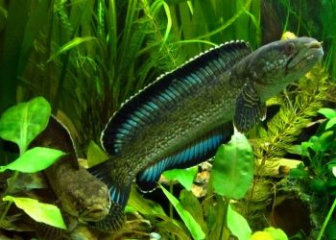

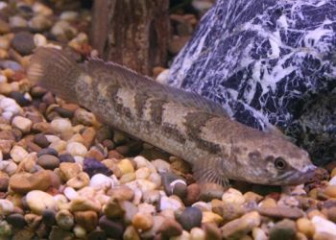
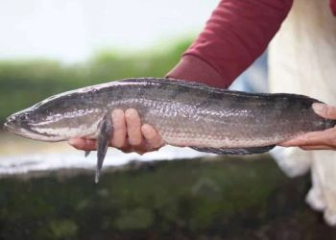
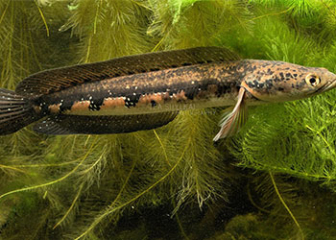

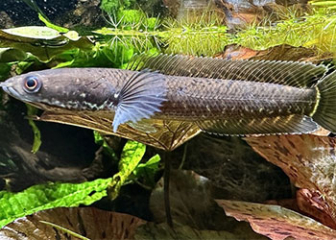
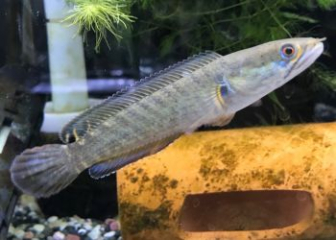
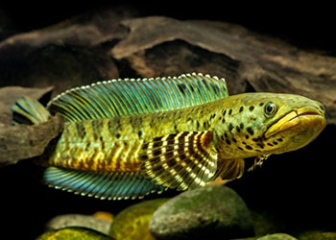
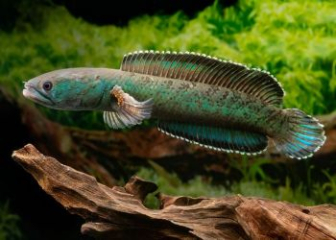

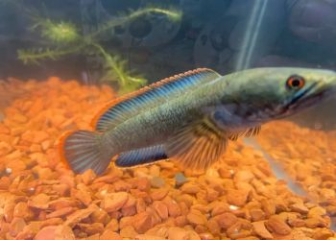
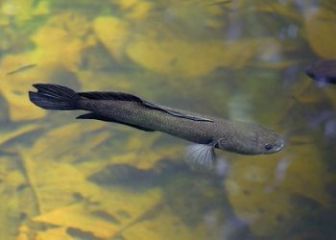
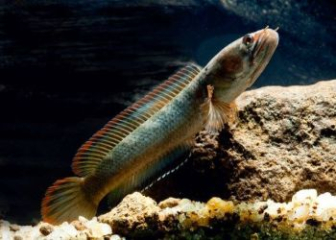
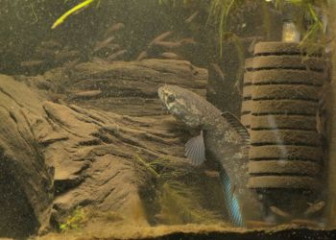
_350x250.jpg)
